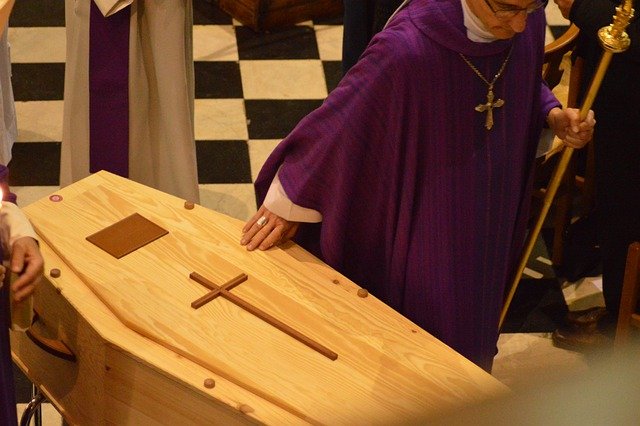
When watching over a deceased person, they are accompanied until the moment of their burial.
Velar is a term that can come from different etymological roots and, therefore, have different meanings. The first meanings mentioned in the dictionary of the Royal Spanish Academy ( RAE ) come from the Latin word vigilāre and are associated with the surveillance carried out by a person.
In this sense, it can be said that keeping watch consists of carrying out a guard to accompany a deceased person, care for someone who is sick or protect property. The verb can also refer to carrying out an activity at night , during the time usually spent sleeping.
For example: “We are going to watch Grandpa in a downtown funeral home,” “Don't worry, I'm going to watch over you during your hospitalization,” “I think the chemistry exam will keep me up all night: I still have to read.” five chapters of the book .
Customs and norms when watching over the deceased
Wailing for a deceased person is one of the most difficult moments in anyone's life, as they have to say goodbye to a loved one. Despite being something so intimate, it is common to have the support and visits of friends, family and acquaintances who want to show their condolences as a sign of affection.
Precisely these citizens should know that there is a protocol when it comes to ensuring these cases. This is a series of guidelines that will allow them to act correctly and not become tiresome or annoying:
-They should not extend their stay too long with the relatives of the deceased because, although they appreciate the visits, they are suffering and also need to rest.
-When you are going to leave, it is important that you do so when there are more visitors, that is, that you do not leave those people alone.
-“Speeches” or hackneyed phrases should be avoided when giving condolences. Gestures and presence are more than enough.
-When it comes to dressing to attend the wake, those who are not direct relatives of the deceased can go as they wish. Of course, it is recommended that you choose to wear dark clothing.
-It is essential to avoid situations that are not comfortable for the people who say goodbye to their loved one. We are referring to the fact that whoever attends the wake does not dedicate themselves to talking to everyone, making jokes, gossiping...

In analog photography, blurring an image means ruining it through improper exposure to light.
Other uses of the notion
The concept of velar may also derive from velāre , which in turn has its origin in velum ( "veil" ). In this case, the verb refers to covering something or, in the field of photography, to eliminating an image from the paper or plate due to the inappropriate use of light : “Don't remove the roll! “You can see the photos we took.”
On the other hand, the posterior third of the palate is known as the velum. The point of articulation is the space where phonation takes place: the velar point of articulation , in this framework, is located in the dorsal sector of the palate.
For phonetics, a velar sound is one characterized by an articulation that is produced when the soft palate and the back of the tongue come into contact or come closer. The velar consonant is a letter that is pronounced with this sound.
Examples of velar sounds in Spanish are, for example, the “g” in the word cat, the “n” in the term orange or even the “g” in the noun people.
